7 Nights / 8 Days
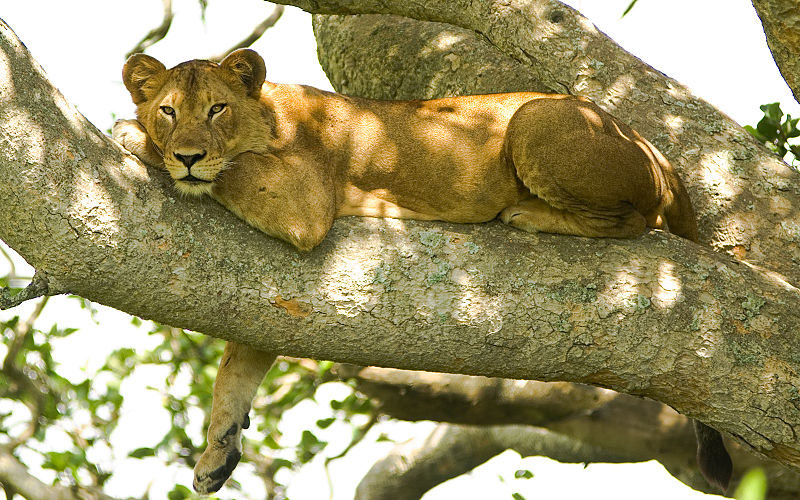
Extras at the lodges i.e. drinks, telephone, laundry etc.
Entry Visa.
Tips to porters and drivers.
Hotel accommodations in Arusha after the safari.06-1019-08
Pick up from Kilimanjaro airport on arrival and transfer you to Kibo Palace Hotel for Dinner and overnight stay.
Leave Arusha at 0800 hrs and proceed to Lake Manyara national park for full day game drives with packed lunches - proceed to Ngorongoro conservation area for dinner and overnight stay at Ngorongoro Serena lodge.
Located beneath the cliffs of the Manyara Escarpment, on the edge of the Rift Valley, Lake Manyara National Park offers varied ecosystems, incredible bird life, and breathtaking views. Lake Manyara’s famous tree-climbing lions are another reason to pay this park a visit. The only kind of their species in the world, they make the ancient mahogany and elegant acacias their home during the rainy season, and are a well-known but rather rare feature of the northern park. In addition to the lions, the national park is also home to the largest concentration of baboons anywhere in the world - a fact that makes for interesting game viewing of large families of the primates.
Early breakfast then descend into to Ngorongoro Crater for a full day crater tour with packed lunches ascend for dinner and overnight at Ngorongoro Serena Lodge.
The Ngorongoro Crater is often called ‘Africa’s Eden’ and the ‘8th Natural Wonder of the World,’ a visit to the crater is a main draw card for tourists coming to Tanzania and a definite world-class attraction. The Ngorongoro Conservation Area (NCA) is home of Ngorongoro Crater. It was formed some 2.5 million years ago from a volcanic mountain sinking due to inactivity, and was initially thought to be higher than Tanzania’s famous Kilimanjaro. The crater has evolved into a unique and integral part of Tanzania’s eco-system. The crater is actually a caldera, measures 22.5 km’s across and the rim walls stand 600m high. Views from within and from the rim are breathtaking (as can be seen from the picture). The crater houses 30,000 animals and a large variety of birds, which rarely move from the area due to the availability of water through wet and dry seasons.
After breakfast drive to Ngorongoro Conservation Area via Olduvai Gorge archaeological site. At Olduvai palaeo-anthropological diggings and discoveries have taken place over many years, by, among others, the famous husband-and-wife team of Louis and Mary Leakey. After leaving Olduvai we will soon be passing through multitudes of wildebeest en route to the renowned Ndutu Area, ideally situated under classic umbrella-thorn acacias in the heart of the southern Serengeti where we spend the afternoon viewing herds of wildebeest/Zebras and predators. Dinner and overnight stay at Ndutu safari lodge or Luxury Tented camp.
The next 3 days will be spent exploring the grassy plains and woodlands in the area, tracking the massed herds of wildebeest and zebra, witnessing the birth of new calves and trailing predators such as lion, cheetah and hyena on the hunt. The area also teems with other wildlife, including elephants, eland, various gazelle species, Kirk’s dik-dik, giraffe and the elusive leopard. Ndutu safari lodge or Luxury Tented camp.
Serengeti is easily Tanzania’s most famous national park, and it’s also the largest, at 14,763 square kilometres of protected area that borders Kenya’s Masai Mara Game Park It is the Migration for which Serengeti is perhaps most famous. Over a million wildebeest and about 200,000 zebras flow south from the northern hills to the southern plains for the short rains every October and November, and then swirl west and north after the long rains in April, May and June. So strong is the ancient instinct to move that no drought, gorge or crocodile infested river can hold them back. The Wildebeest travel through a variety of parks, reserves and protected areas and through a variety of habitat. Join us to explore the different forms of vegetation and landscapes of the Serengeti ecosystem and meet some of their most fascinating inhabitants.
The next 3 days will be spent exploring the grassy plains and woodlands in the area, tracking the massed herds of wildebeest and zebra, witnessing the birth of new calves and trailing predators such as lion, cheetah and hyena on the hunt. The area also teems with other wildlife, including elephants, eland, various gazelle species, Kirk’s dik-dik, giraffe and the elusive leopard. Ndutu safari lodge or Luxury Tented camp.
Serengeti is easily Tanzania’s most famous national park, and it’s also the largest, at 14,763 square kilometres of protected area that borders Kenya’s Masai Mara Game Park It is the Migration for which Serengeti is perhaps most famous. Over a million wildebeest and about 200,000 zebras flow south from the northern hills to the southern plains for the short rains every October and November, and then swirl west and north after the long rains in April, May and June. So strong is the ancient instinct to move that no drought, gorge or crocodile infested river can hold them back. The Wildebeest travel through a variety of parks, reserves and protected areas and through a variety of habitat. Join us to explore the different forms of vegetation and landscapes of the Serengeti ecosystem and meet some of their most fascinating inhabitants.
The next 3 days will be spent exploring the grassy plains and woodlands in the area, tracking the massed herds of wildebeest and zebra, witnessing the birth of new calves and trailing predators such as lion, cheetah and hyena on the hunt. The area also teems with other wildlife, including elephants, eland, various gazelle species, Kirk’s dik-dik, giraffe and the elusive leopard. Ndutu safari lodge or Luxury Tented camp.
Serengeti is easily Tanzania’s most famous national park, and it’s also the largest, at 14,763 square kilometres of protected area that borders Kenya’s Masai Mara Game Park It is the Migration for which Serengeti is perhaps most famous. Over a million wildebeest and about 200,000 zebras flow south from the northern hills to the southern plains for the short rains every October and November, and then swirl west and north after the long rains in April, May and June. So strong is the ancient instinct to move that no drought, gorge or crocodile infested river can hold them back. The Wildebeest travel through a variety of parks, reserves and protected areas and through a variety of habitat. Join us to explore the different forms of vegetation and landscapes of the Serengeti ecosystem and meet some of their most fascinating inhabitants.
Breakfast then drive to Arusha to arrive by 1300 hrs, drop off to the airport to board your home bound flight.
We have Set Itineraries for Tours Within Kenya and East Africa. We also Taylor Make Safaris to Suite Your Budget and What You are Looking For. Our Safaris Include Visits to National Parks like Masai Mara, Amboseli, Lake Nakuru National Park, Samburu. Beach Holidays, Honeymoon Holidays, Religious Pilgrimages,students Tours, Motorcycle Tours,Gorilla Trekking Tours, Just to Name a Few.
We Offer Tour Operators, Car & Coach Rental, Passport & Visa, Airline Ticketing, Bus Ticketing, Hotel Booking, Travel Insurance Services Read More...
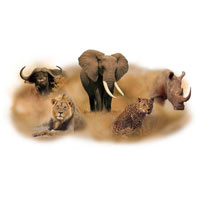 10D/9N
10D/9N
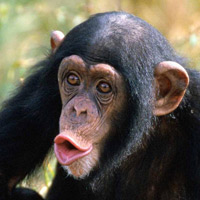 9D/8N
9D/8N
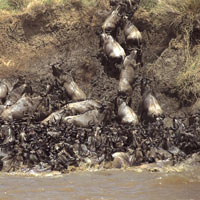 7D/6N
7D/6N
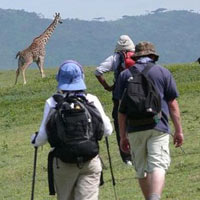 6D/5N
6D/5N
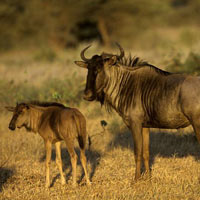 6D/5N
6D/5N
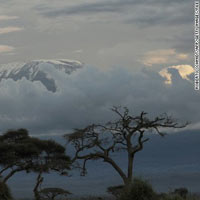 5D/4N
5D/4N
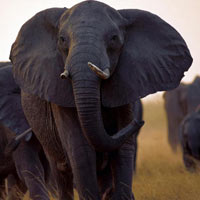 5D/4N
5D/4N
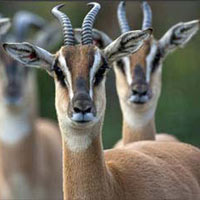 4D/3N
4D/3N
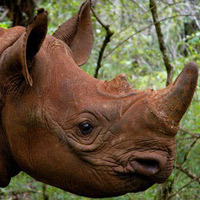 7D/6N
7D/6N
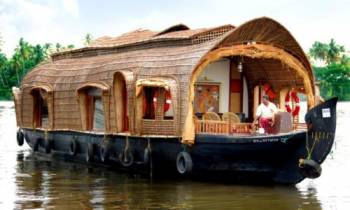 8D/7N
8D/7N
 8D/7N
8D/7N
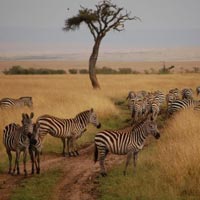 8D/7N
8D/7N
 8D/7N
8D/7N
 8D/7N
8D/7N
 8D/7N
8D/7N
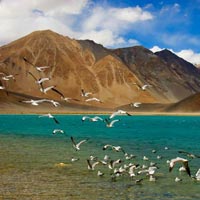 8D/7N
8D/7N
 8D/7N
8D/7N
Delhi Shimla Manali Honymoon Package
New Delhi - Shimla - Manali - Chandigarh City
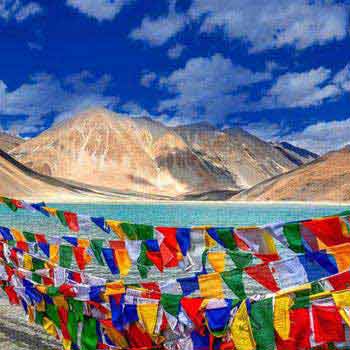 8D/7N
8D/7N
10-Day Luxury Honeymoon Safari & Zanziba..
Manyara - Ngorongoro - Zanzibar - Arusha
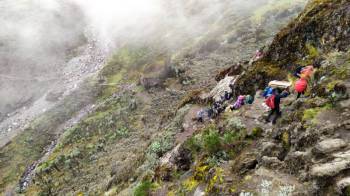 7D/6N
7D/6N
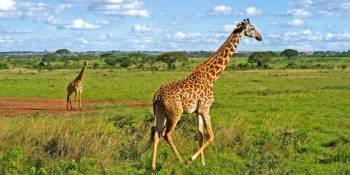 8D/7N
8D/7N
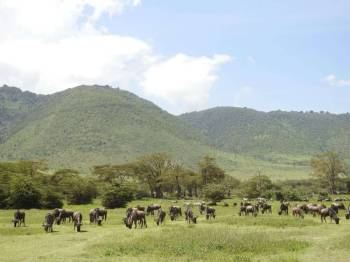 9D/8N
9D/8N
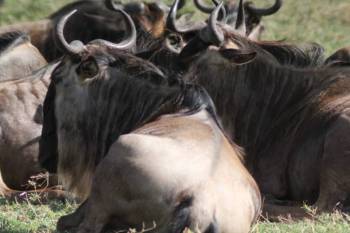 10D/9N
10D/9N
9 Nights 10 Days Safari, Wildlife Experi..
Arusha - Ngorongoro - Tarangire - Serengeti - Lake Natron - Lake Eyasi
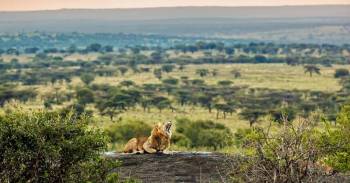 15D/14N
15D/14N
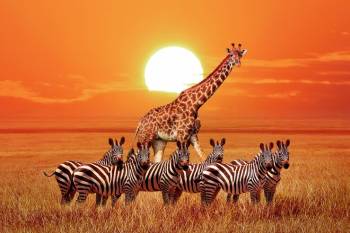 5D/4N
5D/4N
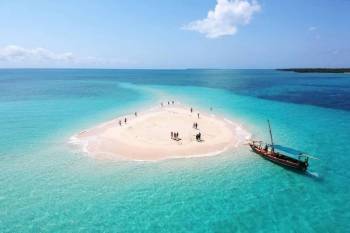 8D/7N
8D/7N
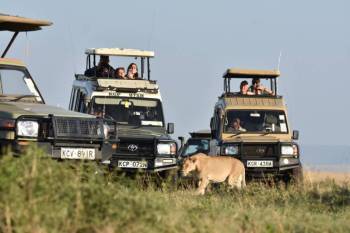 10D/9N
10D/9N
10-Day Kenya Tanzania Best Game Parks Sa..
Masai Mara - Ngorongoro - Arusha - Nakuru - Nairobi - Lake Victoria